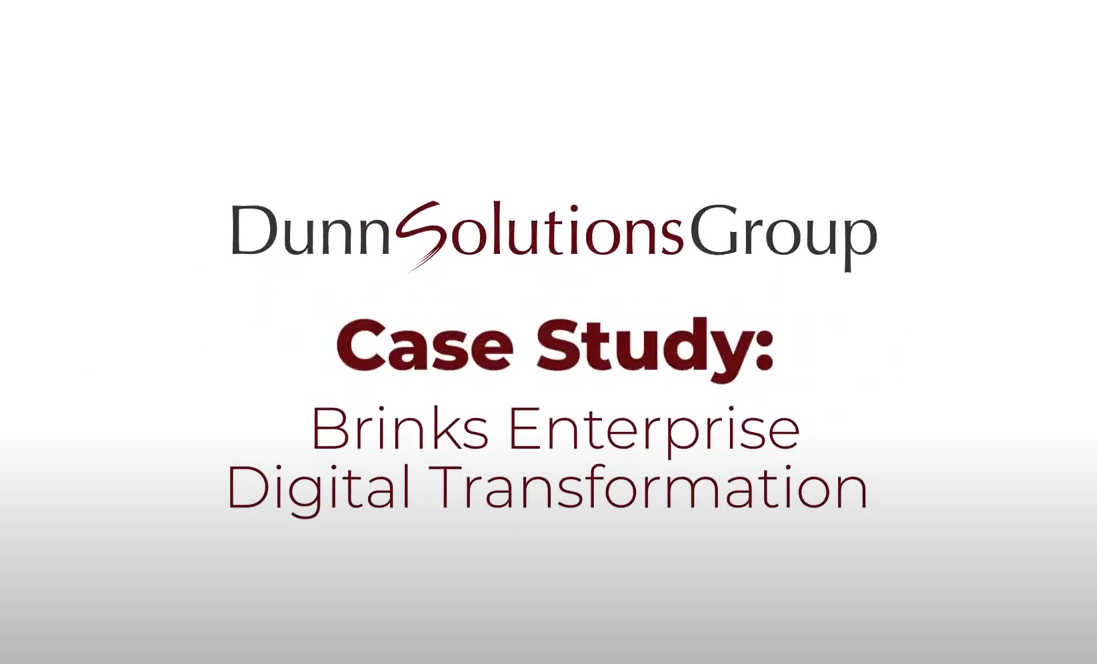Potential sources for untrusted data
Consequences for not properly handling untrusted data such as denial of service, cross-site scripting, and injections
Test web applications with various attack techniques to determine the existence of and effectiveness of layered defenses
Prevent and defend the many potential vulnerabilities associated with untrusted data
Vulnerabilities of associated with authentication and authorization
Detect, attack, and implement defenses for authentication and authorization functionality and services
Dangers and mechanisms behind Cross-Site Scripting (XSS) and Injection attacks
Detect, attack, and implement defenses against XSS and Injection attacks
Concepts and terminology behind defensive, secure, coding
Threat Modeling as a tool in identifying software vulnerabilities based on realistic threats against assets
Perform both static code reviews and dynamic application testing to uncover vulnerabilities in Java-based web applications
Design and develop strong, robust authentication and authorization implementations within the context of JEE
Fundamentals of XML Digital Signature and XML Encryption as well as how they are used within the web services arena
Detect, attack, and implement defenses for XML-based services and functionality
Techniques and measures that can used to harden web and application servers as well as other components in your infrastructure
Developers who wish to develop secure applications
- Familiarity with Java and JEE is required
- Programming experience is highly recommended
- At least six months of Java and JEE working knowledge recommended
- You should have a working knowledge in the following topics or attend these courses as a prerequisite:
- 1. INTRODUCTION: MISCONCEPTIONS
- Security: The Complete Picture
- TJX: Anatomy of a Disaster?
- Causes of Data Breaches
- Heartland - Slipping Past PCI Compliance
- Target's Painful Christmas
- Meaning of Being Compliant
- Verizon's 2013 Data Breach Report
- 2. FOUNDATION
- Security Concepts
- Motivations: Costs and Standards
- Open Web Application Security Project
- Web Application Security Consortium
- CERT Secure Coding Standards
- Assets are the Targets
- Security Activities Cost Resources
- Threat Modeling
- System/Trust Boundaries
- Principles of Information Security
- Security Is a Lifecycle Issue
- Minimize Attack Surface Area
- Layers of Defense: Tenacious D
- Compartmentalize
- Consider All Application States
- Do Not Trust the Untrusted
- 3. VULNERABILITIES
- Unvalidated Input
- Buffer Overflows
- Integer Arithmetic Vulnerabilities
- Unvalidated Input: From the Web
- Defending Trust Boundaries
- Whitelisting vs Blacklisting
- Overview of Regular Expressions
- Regular Expressions
- Working With Regexes in Java
- Applying Regular Expressions
- Broken Access Control
- Access Control Issues
- Excessive Privileges
- Insufficient Flow Control
- Unprotected URL/Resource Access
- Examples of Shabby Access Control
- Session and Session Management
- Broken Authentication
- Broken Quality/DoS
- Authentication Data
- Username/Password Protection
- Exploits Magnify Importance
- Handling Passwords on Server Side
- Single Sign-On (SSO)
- Cross Site Scripting (XSS)
- Persistent XSS
- Reflective XSS
- Best Practices for Untrusted Data
- Injection
- Injection Flaws
- SQL Injection Attacks Evolve
- Drill Down on Stored Procedures
- Other Forms of Injection
- Minimizing Injection Flaws
- Error Handling and Information Leakage
- Fingerprinting a Web Site
- Error-Handling Issues
- Logging In Support of Forensics
- Solving DLP Challenges
- Insecure Data Handling
- Protecting Data Can Mitigate Impact
- In-Memory Data Handling
- Secure Pipes
- Failures in the SSL Framework Are Appearing
- Insecure Configuration Management
- System Hardening: IA Mitigation
- Application Whitelisting
- Least Privileges
- Anti-Exploitation
- Secure Baseline
- Direct Object Access
- Dynamic Loading
- Race Conditions
- Direct Object References
- Spoofing, CSRF, and Redirects
- Name Resolution Vulnerabilities
- Fake Certs and Mobile Apps
- Targeted Spoofing Attacks
- Cross Site Request Forgeries (CSRF)
- CSRF Defenses are Entirely Server-Side
- Safe Redirects and Forwards
- 4. BEST PRACTICES
- Cryptography Overview
- Strong Encryption
- Message digests
- Keys and key management
- Certificate management
- Encryption/Decryption
- Understanding What's Important
- Common Vulnerabilities and Exposures
- OWASP Top Ten for 2013
- CWE/SANS Top 25 Most Dangerous SW Errors
- Monster Mitigations
- Strength Training: Project Teams/Developers
- Strength Training: IT Organizations
- 5. DEFENDING XML, SERVICES, AND RICH INTERFACES
- Defending XML
- XML Signature
- XML Encryption
- XML Attacks: Structure
- XML Attacks: Injection
- Safe XML Processing
- Defending Web Services
- Web Service Security Exposures
- When Transport-Level Alone is NOT Enough
- Message-Level Security
- WS-Security Roadmap
- XWSS Provides Many Functions
- Web Service Attacks
- Web Service Appliance/Gateways
- Defending Rich Interfaces and REST
- How Attackers See Rich Interfaces
- Attack Surface Changes When Moving to Rich Interfaces
- Bridging and its Potential Problems
- Three Basic Tenets for Safe Rich Interfaces
- OWASP REST Security Recommendations
In this course, you will examine best practices for defensively coding JEE web applications, including XML processing and web services. You will repeatedly attack and then defend various assets associated with a fully functional web application. This hands-on approach drives home the mechanics of how to secure JEE web applications in the most practical of terms.
PCI Compliant Developer Training: Version 3.0 of the Payment Card Information Data Security Standard (PCI-DSS) and the Payment Application Data Security Standard (PA-DSS) have placed an increased emphasis on information security training and awareness. This class can help meet the annual training requirements for your developers and vendors. This secure coding training addresses common coding vulnerabilities in software development processes. This training is used by one of the principle participants in the PCI DSS. Having passed multiple PCI audits, this course has been shown to meet the PCI requirements. The specification of those training requirements are detailed in 6.5.1 through 6.5.10 on pages 55 through 59 of the PCI DSS Requirements 3.0 document dated November 2013.
This course is Java-specific but it may also be presented using .NET or other programming languages.
Follow-On Courses:
None
* Terms and conditions may apply. Learn more about our Microsoft training exclusives by contacting training@dunnsolutions.com
Live Virtual:
Get engaging and impactful live, instructor-led training, regardless of your location.
Our Virtual Classroom Live online training format combines premium skills development technologies and our industry-leading instructors, content, exercises and peer collaboration to ensure that you get the highest quality professional development experience possible. Gain the skills and expertise that matter from the convenience of your home, work or wherever you have an Internet connection.
Engage with your instructor and fellow students via a learning platform and course material designed to ensure a stimulating and productive skills development experience.
Choose from sessions across a variety of time zones for training options that suit your schedule. Save time, money and effort without sacrificing learning quality by accessing our expert-led online training from the convenience of your home, office or anywhere with an Internet connection.
Attend from your PC, Mac or any iOS/Android tablet or smartphone. Connect with the class through your device audio or via toll-free phone number†, depending on available technologies and your interaction preferences.
Learn how to recognize software vulnerabilities and implement defenses.



